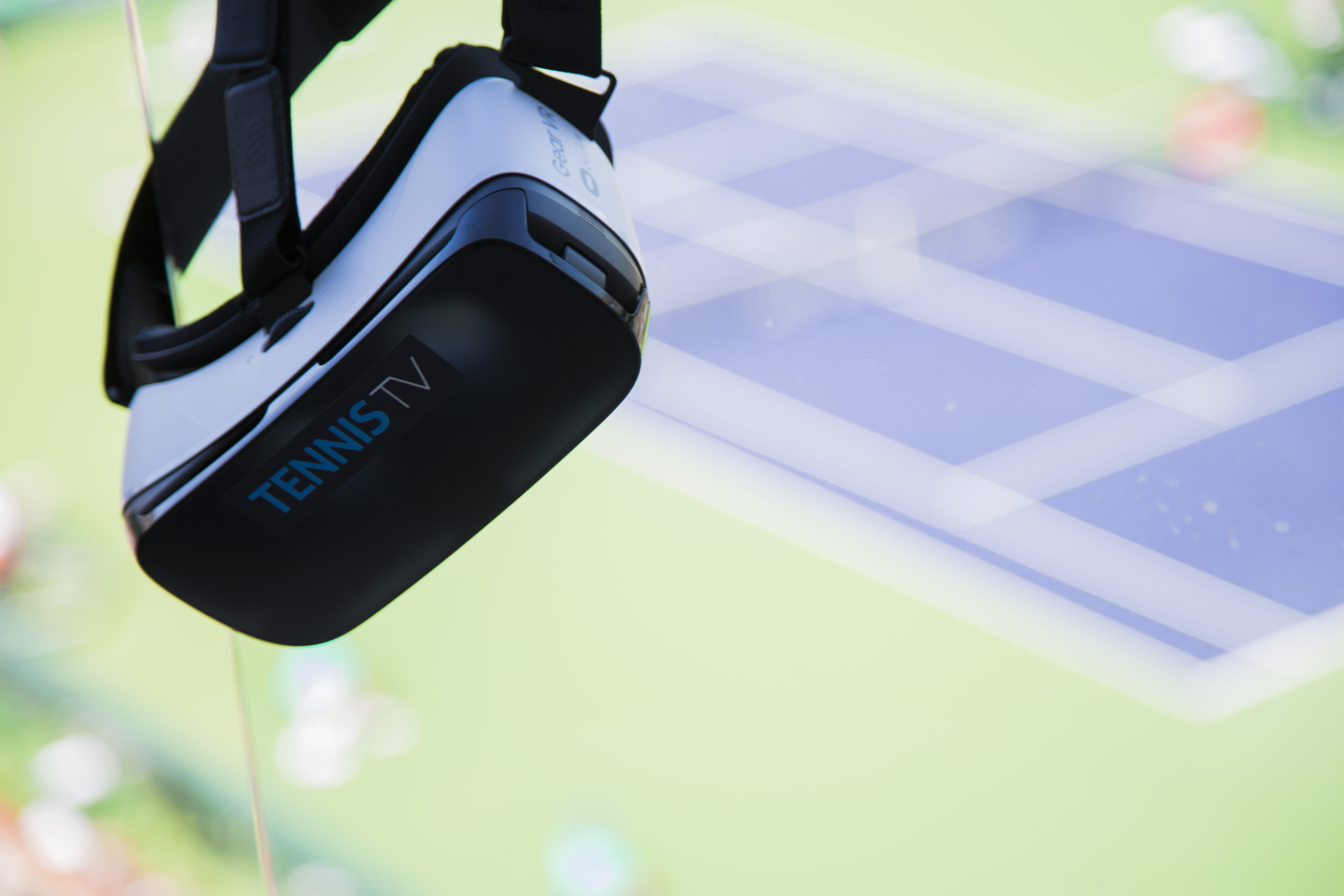LiveTV:LA: The Future of Virtual Reality Requires Industry, Consumer Patience
Technology and production techniques are still very much in the embryonic phase
Story Highlights
The future of virtual reality for sports was the focus of a panel discussion at the 2016 LiveTV:LA conference in Los Angeles, and the panelists called for patience from the industry and consumers as the format has a chance to mature and become compelling for sports-content experience, training, marketing, and monetization.
 Tailspin Chief Content Officer Stephen Fromkin noted the depth of ways in which VR can be applied to sport. There are the obvious and most popular ways — setting up a VR system at an event, a company like Visa’s using it to create a branded experience, streaming to viewers — but then there are companies like Strivr, which is involved with athlete training for football players.
Tailspin Chief Content Officer Stephen Fromkin noted the depth of ways in which VR can be applied to sport. There are the obvious and most popular ways — setting up a VR system at an event, a company like Visa’s using it to create a branded experience, streaming to viewers — but then there are companies like Strivr, which is involved with athlete training for football players.
“[NFL quarterbacks] Tom Brady and Carson Palmer and others use it to watch practice and review defensive sets,” said Fromkin. “It is a different cognitive experience using a head-mounted display that changes the way things are remembered because it uses different neural pathways.”
Ted Kenney, director, field and technical operations, Fox Sports, said his company is currently big on combining 360 video with stereoscopic imaging to increase emotional impact. Gimmicks like a short VR clip of a roller-coaster ride provides entertainment value for two or three minutes but won’t lead to truly engaged viewers.
The industry needs a bit of patience with respect to VR, Fromkin added, because the technology and production techniques are still very much in the embryonic phase.
“That’s why we have people producing 360-degree videos that aren’t that great and are the equivalent of cat videos during the early days of YouTube,” he explained. “But that will clear itself up when the professionals are doing it rather than hobbyists. We need to encourage patience from the industry and know that it will eventually organize itself as it evolves.”
Production decisions include not only composing the shot (such as whether it should be a 180-degree or 360-degree shot) but also the resolution and the frame rate and then whether to shoot it in stereoscopic 3D. Also important is the use of augmented reality, which layers informational graphic images within the video.
“We are seeing a lot more use cases for AR within VR,” he noted. “That is a big part of where we’re going.”
And the future of VR is about more than just better production values. There is also the issue of the consumer devices themselves. High-quality VR goggles require serious computing power, which can mean an outlay of more than $1,500; game stations like the Sony PS4 will provide a slightly more affordable way for consumers to experience VR. But most VR consumers rely on their smartphones, and the demands of high-quality VR exceed the current capabilities of those devices. Better phones with faster processing and increased screen resolution will go a long way toward helping the VR market mature.
One key thing to remember, said Alx Klive, founder/CEO, 360 Designs, is that history shows that people don’t want interactive TV experiences where they choose camera angles, audio tracks, etc.
“Fundamentally, people want to relax and have a passive experience, and it has been that way for 70 years,” he said. “You can’t change people’s habits overnight. TV has worked for this long for a reason, and the reason it works is that the most people want to do is change the channel or the volume. The same applies to VR.”
Where is VR headed? Klive envisions a day 10 years from now when every event that has an audience will also be available live in VR and people will have the choice of choosing among several seats in the house.
“People love live [content],” he noted, adding, “While the average TV experience doesn’t really distinguish between live and taped, live VR will be massive when it is a teleportation experience.”
While the industry waits for the consumer devices to mature, the production-equipment market is moving forward. Tarif Sayed, director, business development, live VR and player, Nokia, said that the value proposition of Nokia’s VR OZO camera system is that the production team sets up and calibrates the camera and it works.
“The production team likes that,” he pointed out. “Other VR rigs can be problematic, and you can’t easily preview what is being shot in real time.”
The camera can also shoot at higher frame rates, which is important because content shot at 30 fps can often cause eye strain.
All the panelists agreed that it is still very early days for VR and that the next two years will see a lot of shakeout in the industry.
“VR is a new industry, and everyone wants to find their place in it, so they are producing content,” said Sayed. “But then it gets to the consumer, [who is] disappointed and [decides] they don’t like VR. When you take that approach, it puts the industry at risk. But right now, there are many names of VR companies and producers that we may not see in a couple of years.”
